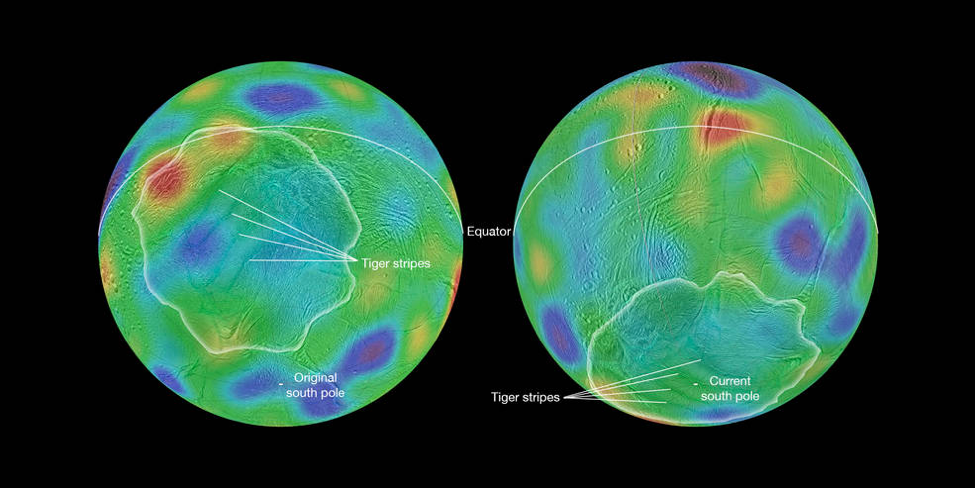Long ago, in a galaxy far, far away a black hole formed at the center of the galaxy. Though it cannot be seen with the naked eye, this black hole has become the heart of the galaxy. It pumps out energy and matter into the galaxy and those beyond it, keeping the universe alive.
While that may seem like an opening to some science fiction novel, it is not. Located about 145 million light years from Earth, a black hole lies at the center of elliptical galaxy NGC 4696, which also happens to be in the middle of the Centaurus galaxy cluster. Though scientists have never received visual confirmation that the black hole is there, they have been diligently studying the impact the black hole has its galaxy and the galaxies around it.
Using NASA’s Chandra X-ray Observatory, astronomers have found evidence for repeated bursts of energy that are pushed out in jets generated by the black hole. Each burst creates a shock wave, similar to the “boom” that occurs when the sound barrier happens and causes cavities to form in the hot gas that separates each of the galaxies in the cluster. Thus far, scientists have been able to study nine of these holes, including two that have most recently formed nearest to the black hole. The data they have collected so far seems to indicate that the black hole “beats” every five to ten million years. However, unlike a human heart, it does not follow a regular pattern.
These beats also seem to be moving elements from the center of the universe outward. Researchers have been able to map out where the elements are most and least dense in relation to the center of galaxy NGC 4696. Their findings show that there is a lower density of elements closest to the black hole, indicating that the gas has been pushed out with each of the black holes beats. This has prevented the hot gas from cooling off and explains why a significant number of stars have not formed in the area.
Researchers have also noticed a pattern of equally spaced and curved features in the hot gas. Though they are unsure what causes them, some scientists believe it is caused by sound waves generated by the black hole’s repeated bursts, similar to those found in the Perseus cluster of galaxies. It is commonly accepted by scientists that the hot gas that is found in between galaxies is what enables sound waves to travel throughout the universe, though at frequencies to low for humans to detect.
This black hole is a mystery to me. All my life, I had been taught that black holes destroy and yet here is one that shows me that black holes are creating life. As a species, we are always learning more about the place in which we exist. The more we learn, the more convinced I am that the universe is alive. If a beating black hole can push forth elements that give life to stars and create a sound that we cannot hear, who’s to say that there isn’t someone else out there, listening?
For more information, check out NASA’s explanation of the galaxy with a black hole heart!

Written by Staff Writer Becca Brunner
Becca is a recent college graduate who lives in Tampa, Florida. From a young age, she has been fascinated by the stars and how beautiful the universe is. When she’s not writing for our blog, she can be found reading the latest YA novel, catching up on Dr. Who, or just hanging out with friends in coffee shops.
Photo Credit: NASA









